Plants and creatures you should stay away from
Nature is fascinating and some of us can’t help being hands-on and adventurous. People love safari, underwater marine experiences and petting zoos. Nevertheless, there are many members of the animal kingdom, and plants too, that we should always avoid. The consequences of not doing so can range from severe illness to death, and some of the candidates might surprise you. No doubt everyone knows not to pick up tarantulas and scorpions, but check out this list of 20 other plants and creatures you should stay away from. You wouldn’t want to use your health insurance, or even your life insurance now, would you?
1 Hawksbill sea turtles

Animals can be toxic for a number of reasons, one of which is the type of prey they devour. Hawksbill sea turtles are just such an example, consuming a lot of venomous cnidarians, as well as algae and sponges, meaning their flesh can be pretty potent.
Should you eat the meat of this animal your stomach will respond by giving you nausea, diarrhea and vomiting which, as they are endangered, probably serves you right.
2 Manchineel
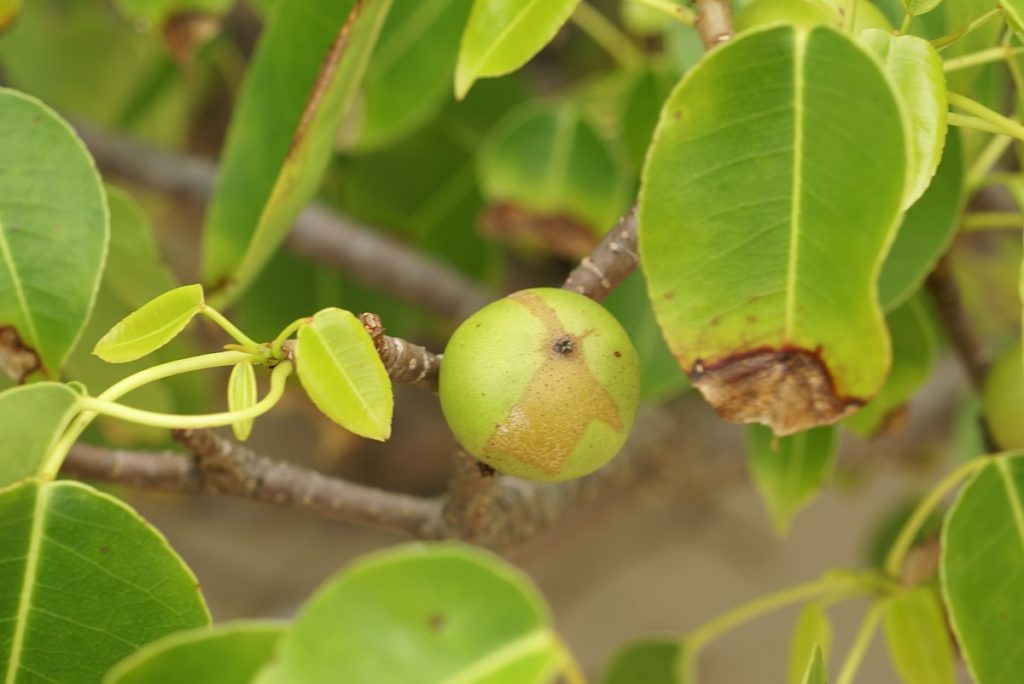
Similar in appearance to an apple tree but green all year round, you’ll come across the manchineel in some regions of Central and South America, as well as the Caribbean and Florida. Don’t be fooled by its tame appearance. Its full Spanish name means ‘little apple of death’ due to the toxins that might well see you shuffle off the mortal coil if you eat one its fruits.
At the very least you can look forward to blistering in the mouth and esophagus, thanks to the phorbol chemical that your skin will react to upon touch alone. Do not even touch the tree, therefore, because the chemical is found in the manchineel’s milky sap and rainfall alone can see its properties transferred to your skin if you happen to stand underneath.
3 Pufferfish
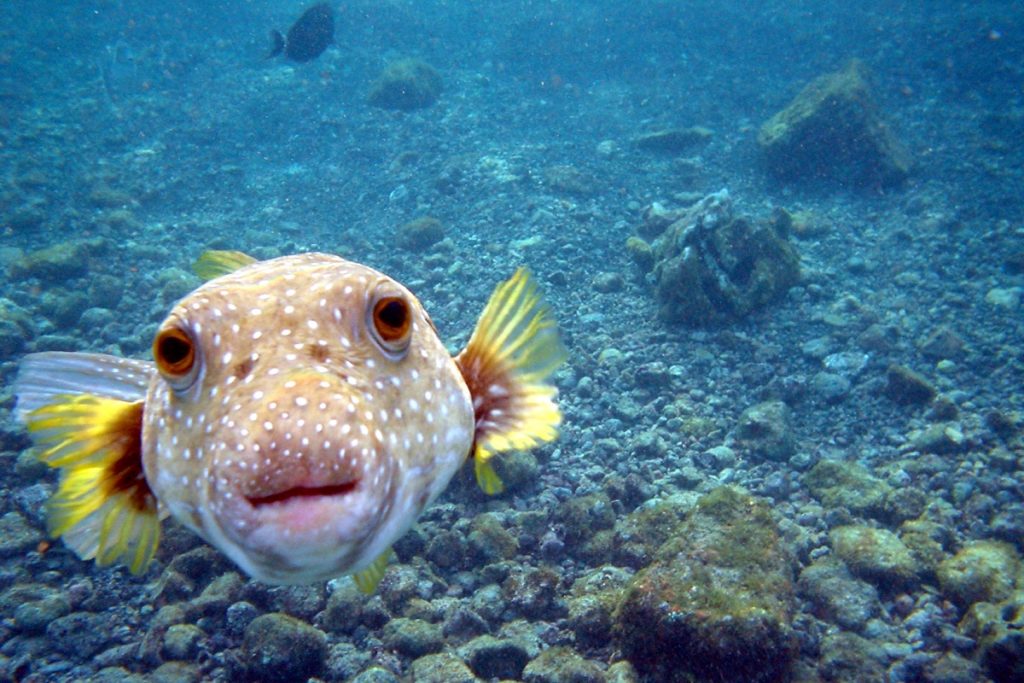
While the pufferfish does make the dinner plate in some countries, they need to be expertly prepared by a qualified chef that has education in the matter.
Incorrect preparation will expose the consumer to potentially deadly nerve toxins, found in both the liver and kidneys, as well as the spikes themselves.
4 Poison oak
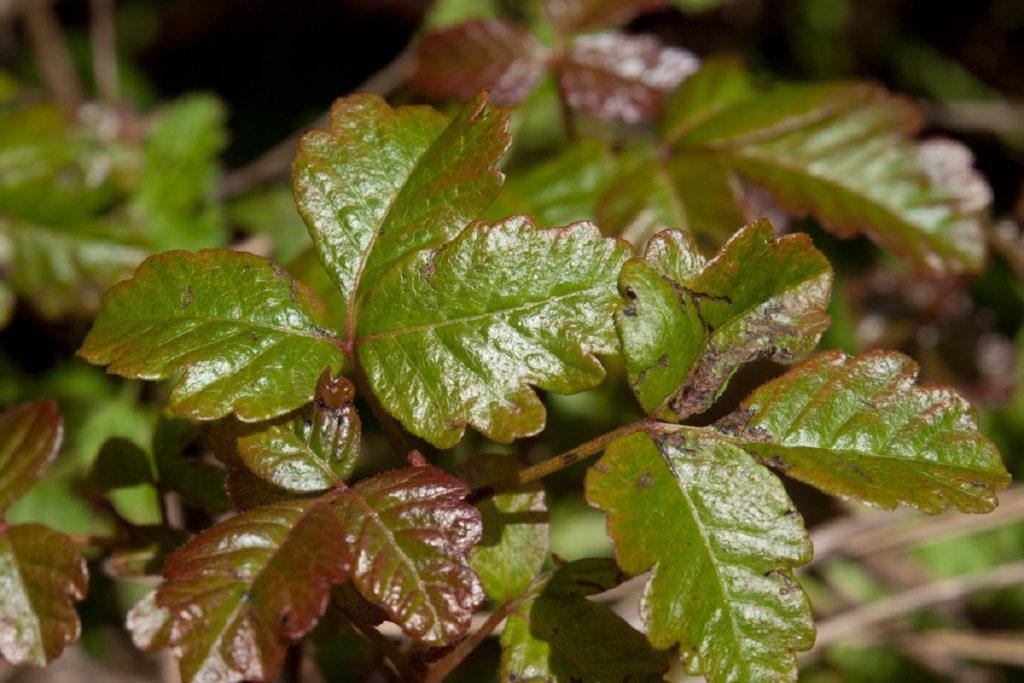
No doubt many of us are familiar with poison ivy and the reasons to avoid. However, the oils of the poison oak are far more dangerous and, because of the delayed reaction, for a time you won’t know there is a problem.
Suddenly, however, your skin will break out into an awful rash, far more extreme than poison ivy and with the effects hanging around for weeks rather than days, meaning a very miserable length of time indeed.
5 Hooded pitohui
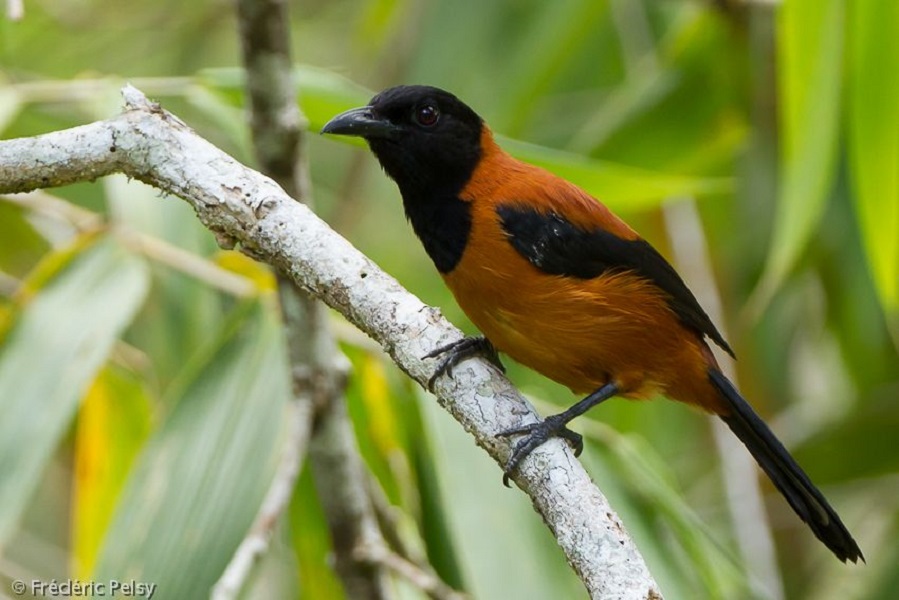
This rare bird, found in New Guinea, might look cute and exotic but a neurotoxin in its skin and feathers means human skin can tingle and go numb if you handle it.
It’s waspish in color, which is sometimes a giveaway and certainly the smaller animals know to avoid. Likely it’s the bird’s heavy beetle diet that increases its toxicity.
6 Stinging nettle
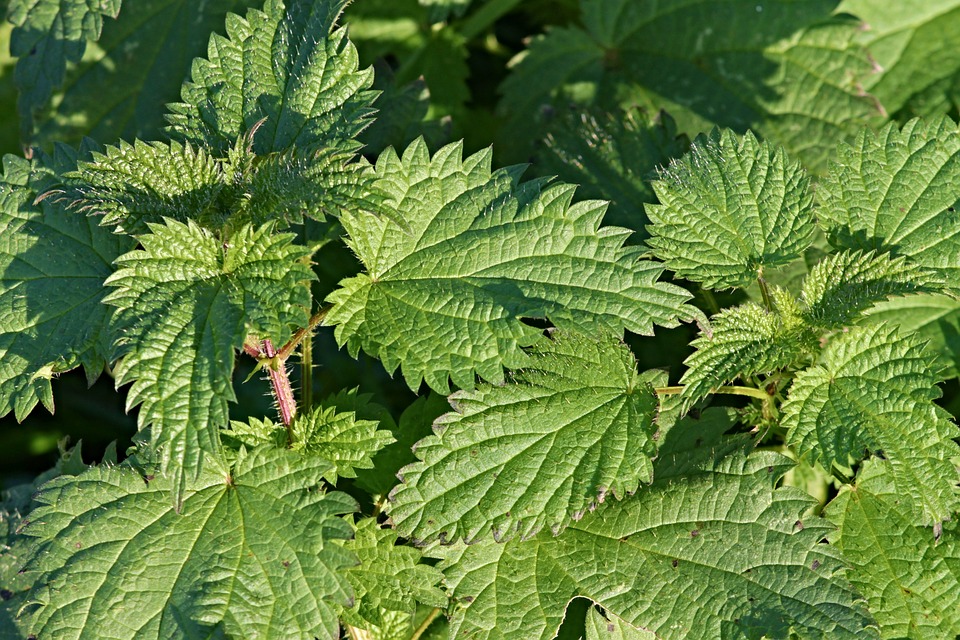
A common sight in many parts of Eurasia and North America, the stinging nettle can also be found in North Africa and is a recent addition to South America. If your skin brushes against the leaves and stems of this plant, formic acid and other forms of toxicity will let you know it.
A burning and itchy rash can linger for up to a day, but though it might make children cry, it is not deadly. Indeed, stinging nettles can actually be cooked and consumed as a vegetable so long as you wear gloves in order to obtain some.
7 Striated surgeonfish
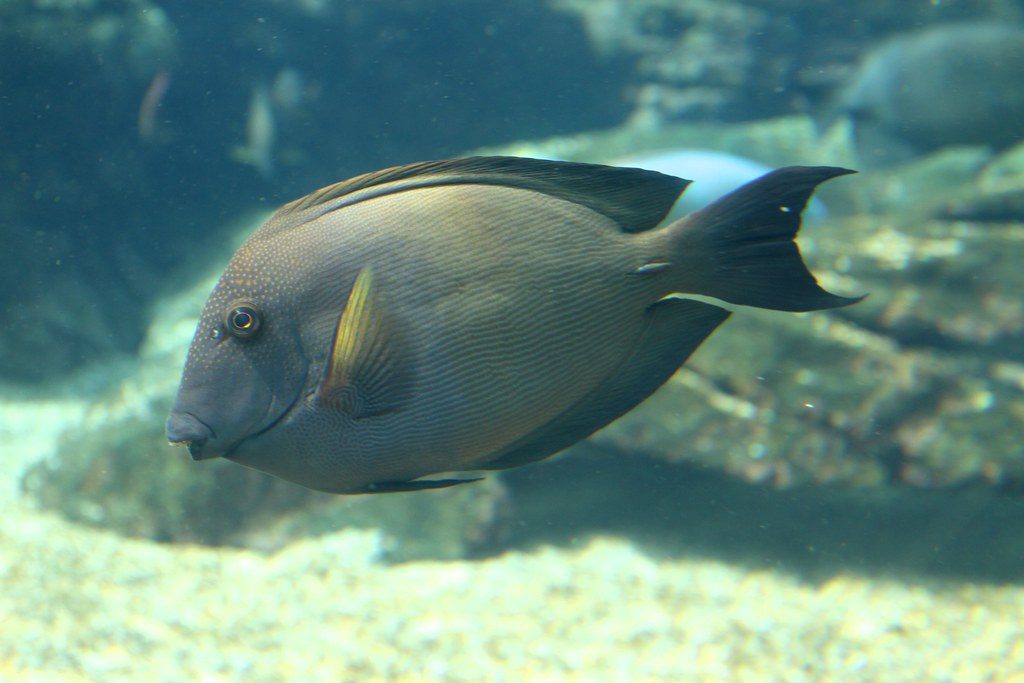
Diet is important for understanding why many creatures become toxic, with the striated surgeonfish being another example. Small dinoflagellates containing maitotoxin are unintentionally consumed with the algae they feed on, becoming responsible for tens of thousands of people suffering from ciguatera fish poisoning every year.
This is worse than it sounds, however, as ciguatera does not go away like other food poisonings until months and sometimes years have passed.
8 Water hemlock
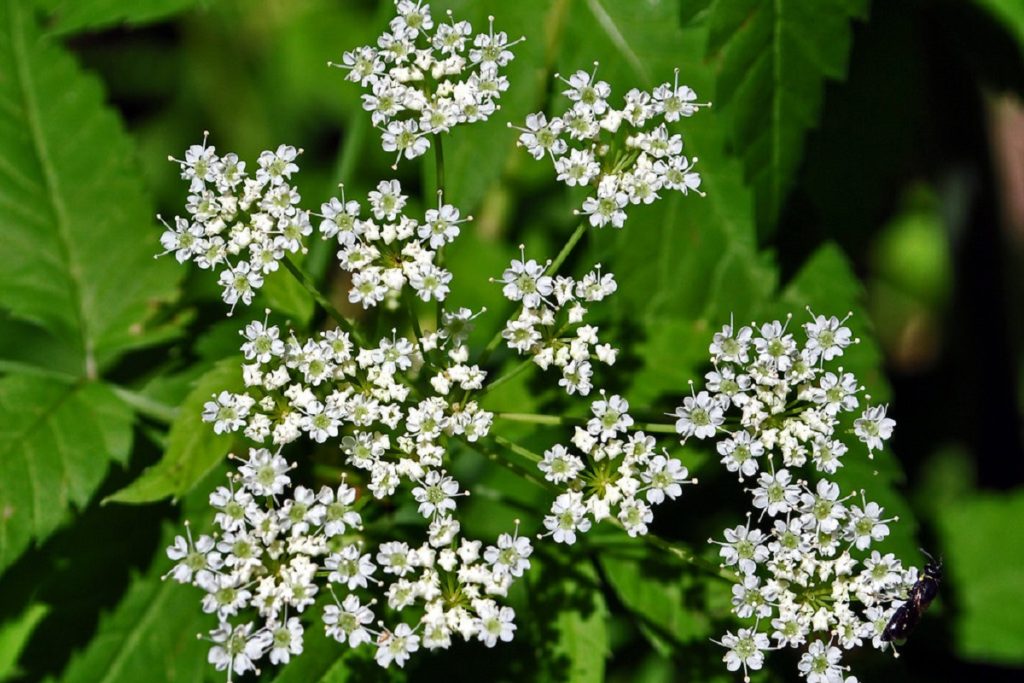
This is a very awkward plant, even sometimes killing people when its seeds are consumed by game birds – and not by digestion but by ingestion alone.
Severe toxicity is found all over this North American plant despite its flowers being quite pretty. Even the great Socrates met his end after making the mistake of drinking from a chalice containing its chemicals.
9 Spanish fly
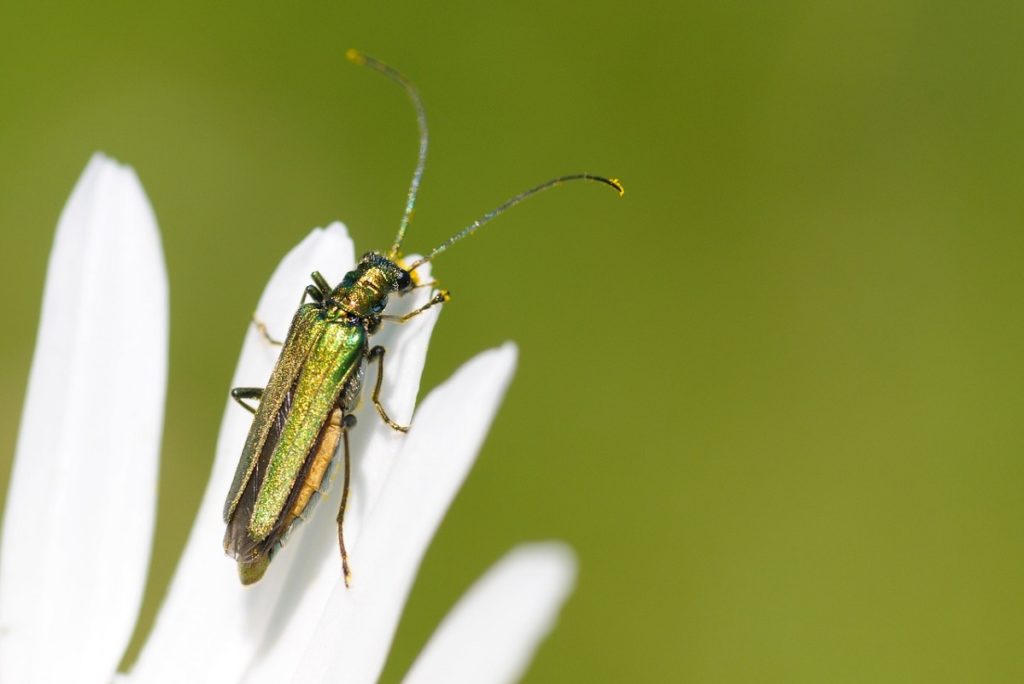
The nasty toxin cantharidin is important to this blister beetle or else a great number of predators would gobble it up.
Even touch can affect humans, leading to blistering and burning sensations, but eating it is far worse and can put you six feet under. Developing ulcers and bleeding throughout your digestive system is not a pleasant way to go.
10 Tread-softly

The name Tread-softly is clearly a warning. Nevertheless, this herb is fairly easy on the eye and gives away little of its nastiness to those who might come across it in Southeast US states like Georgia and Kentucky, for example.
Other names for Cnidoscolus stimulosus include noseburn and finger-rot, which provide a much firmer impression of what it is capable of, releasing irritants that cause hairs to itch and burn before breaking off. Usually, the effects are short-lived unless you happen to be particularly allergic, in which case they might hang around for a few very painful days.
11 Comb stars
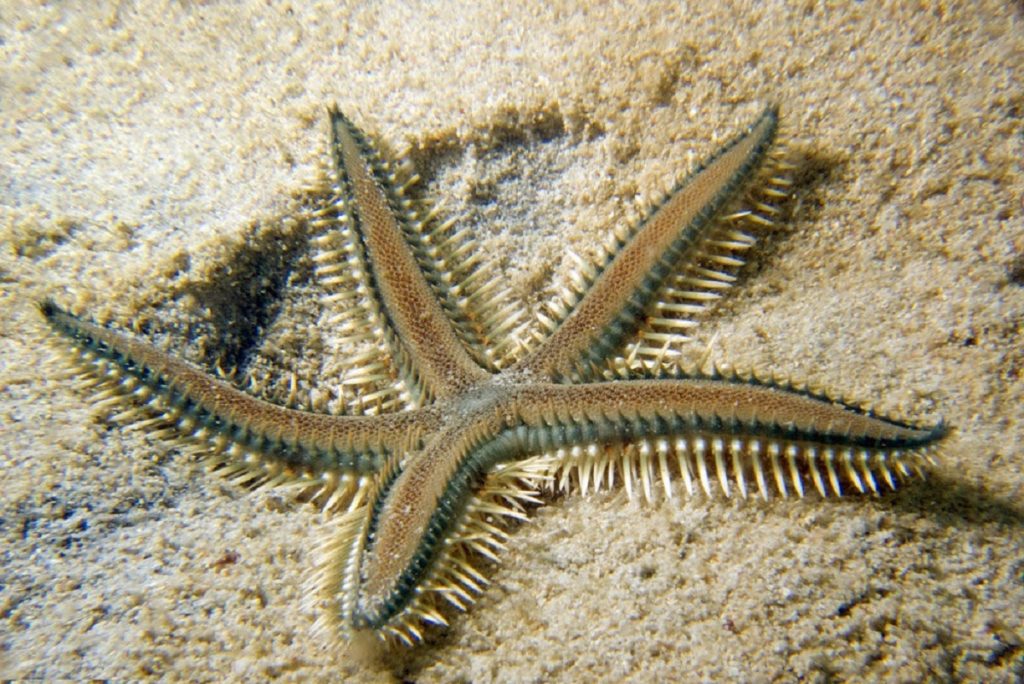
Many insect and spider bites have antidotes to turn to these days, but no one’s figured one out for the tetrodotoxin in this starfish yet.
The power of this neurotoxin can kill you easily, with the best you can hope for being paralyzed. It might look harmless but, simply put, stay clear of it.
12 Gympie gympie
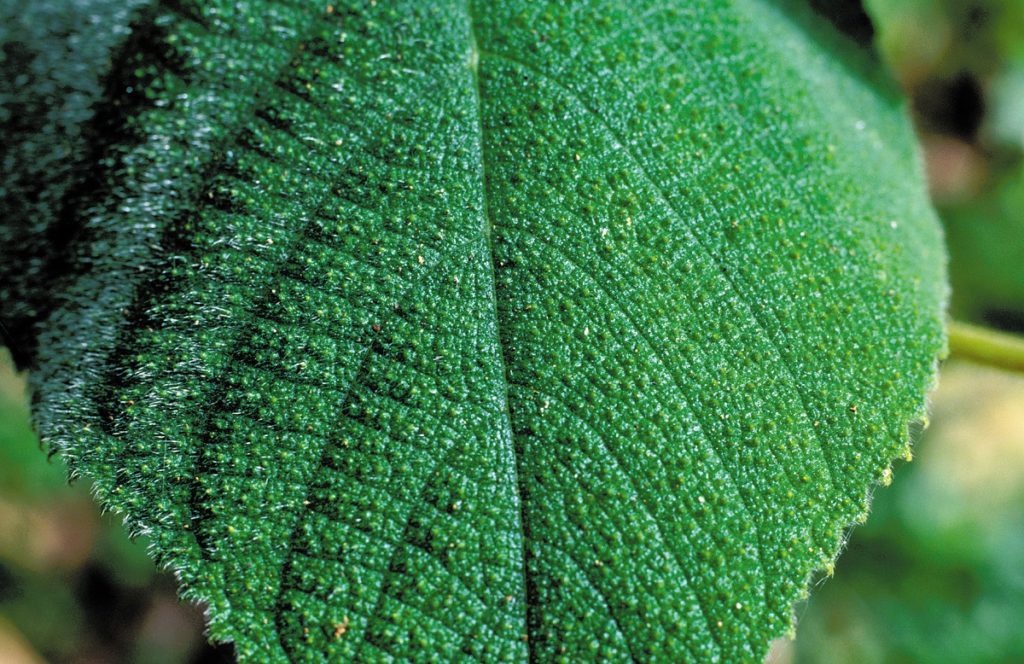
Few plants are as feared as the gympie gympie. Those who have encountered its poisons describe the feeling as being tortured in various ways, like being compressed by a great force, electrocuted or dunked in acid.
Anaphylactic shock is not unlikely. Plus, the gympie gympie is hard to get over for good, with the stinging sensations possibly returning years in the future. Animals are even said to be sent mad and jump to their deaths when the gympie gympie is upon them.
13 Africanized bee
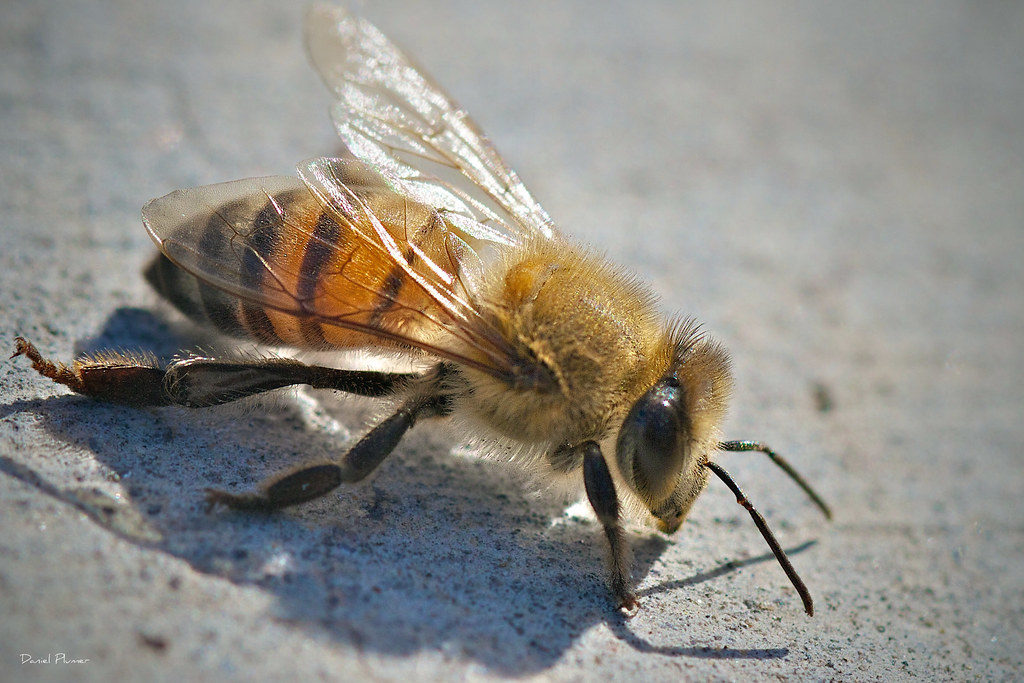
Though they can sting, most bees are actually quite gentle in nature. The problem with this Africanized species is that it is a hybrid the human race completely regrets giving birth to.
These bees only need a bit of irritation to swarm upon you and sting you to death. And if you think beating their nest with a stick and running away sounds like fun, remember they fly much faster than you can possibly scarper.
14 Pain bush
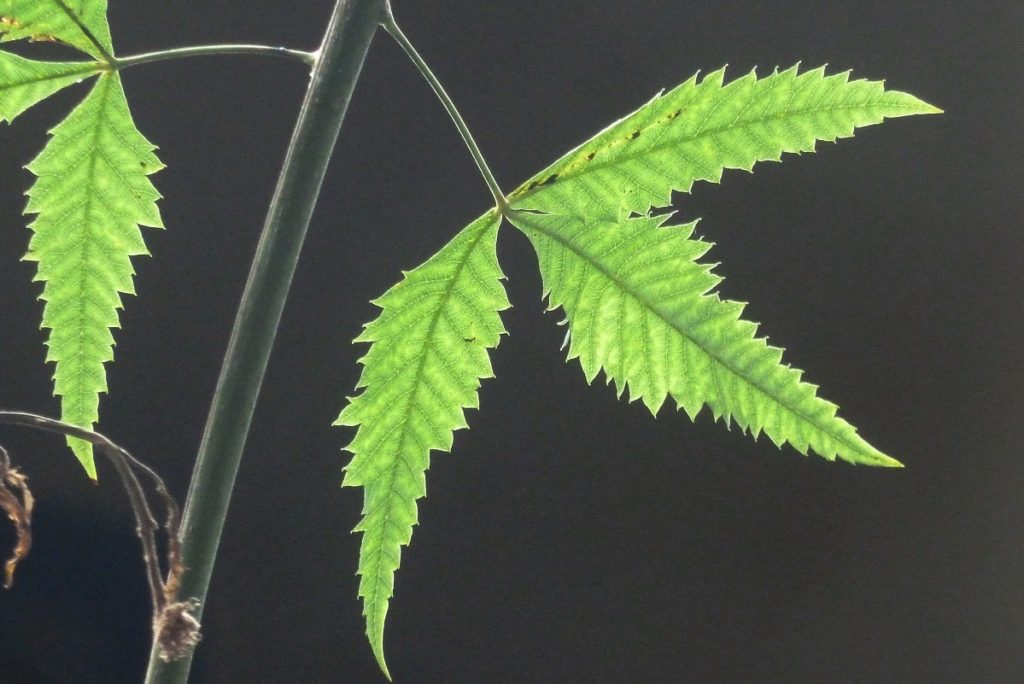
This southern African plant lives up to its name, though some also refer to it as the African poison ivy. Its appearance is not too threatening, resembling a shrub, but it’s in the sap where the problem awaits, causing a blistering swollen rash that can last several days.
Different people have various levels of responses to the heptadecyl catechols, but best not to assume you won’t be affected.
15 Poison dart frog
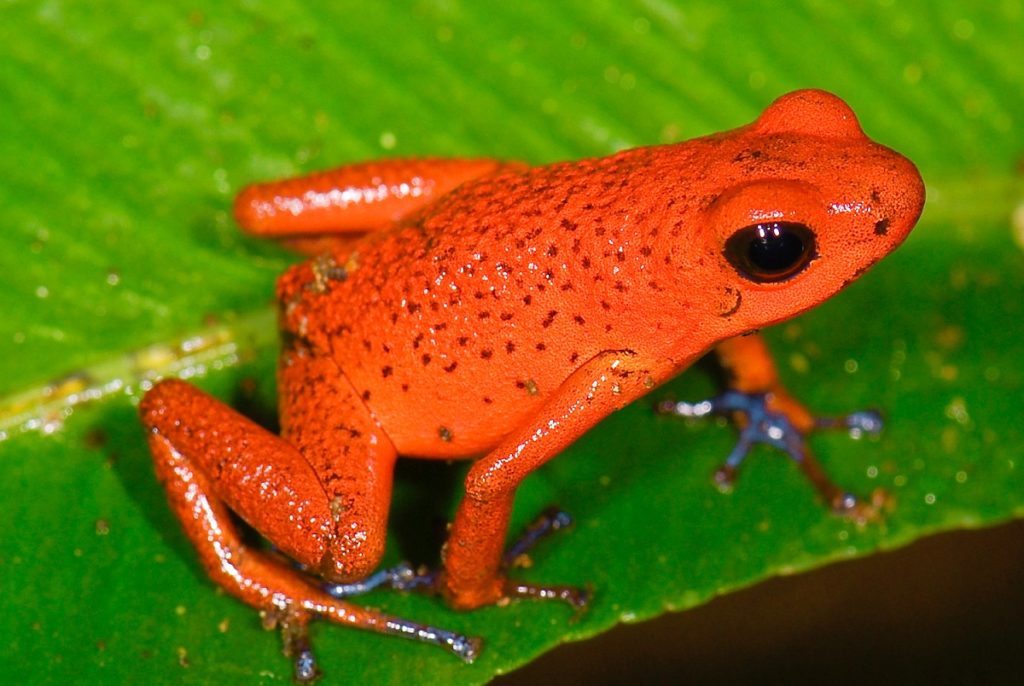
A lot of people think that frogs are cute and even pick them up. Avoid the brightly-colored ones though. The poison dart frog can be found in the jungles of Central and South America and are far more poisonous than any snake, tarantula or scorpion.
Plus, their toxicity needs only touch alone, indicating just how dangerous nature can sometimes be.
16 Rough-skinned newt

The rough-skinned newt is another creature that poisons via touch, though some even make the mistake of eating it.
The numbness the tetrodotoxin of this salamander causes can lead to cardiac arrest. Thankfully, the newt is not entirely without consideration, warning potential predators off with a powerful odor.
17 Elder
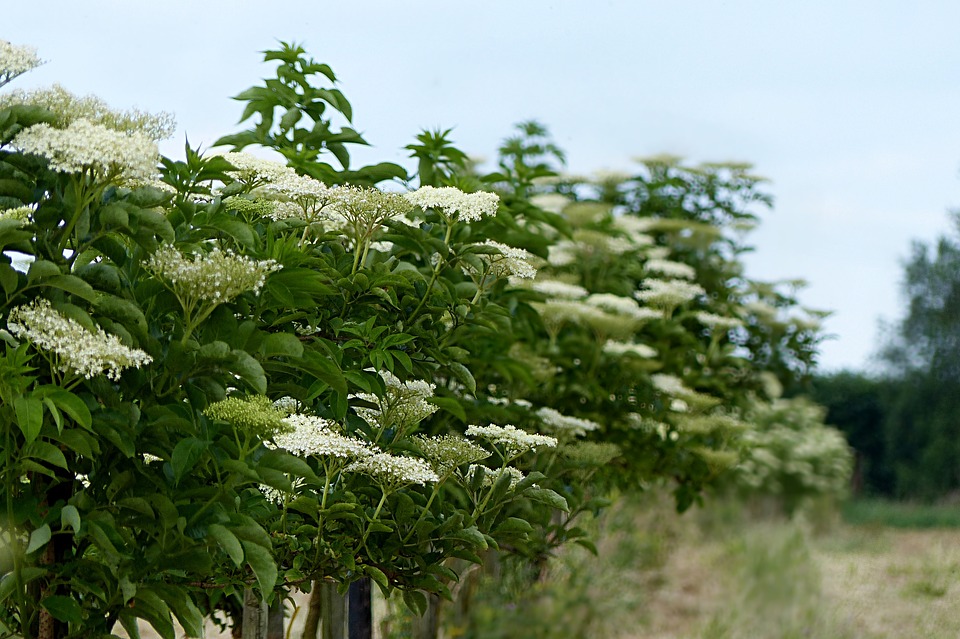
Though still used to flavor food and in some medication, Elder is actually a very dangerous plant in itself if you don’t know how to handle it.
Consuming its seeds, roots or stems is about as wise as taking a cyanide tablet, seeing as cyanide is what you will produce. Perhaps vomiting and diarrhea are the worst you’ll experience if you can avoid slipping into a coma.
18 Cane toad

If you’re not familiar with what bufotoxin is… well, it’s one of the most poisonous chemicals you can find.
So the cane toad should be quite safe because any animals that try to eat them soon learn not to – or die. Lots of sad dog owners have lost their faithful friends to this cute amphibian.
19 Oleander

Many people keep Oleander in their gardens. They are very pretty and are also found in the wild throughout Europe and North America, but few are aware of how poisonous they are.
The toxins produced by this unlikeliest of foes will lead to nausea and malaise, or even cardiac arrest in the most extreme examples.
20 The kissing bug
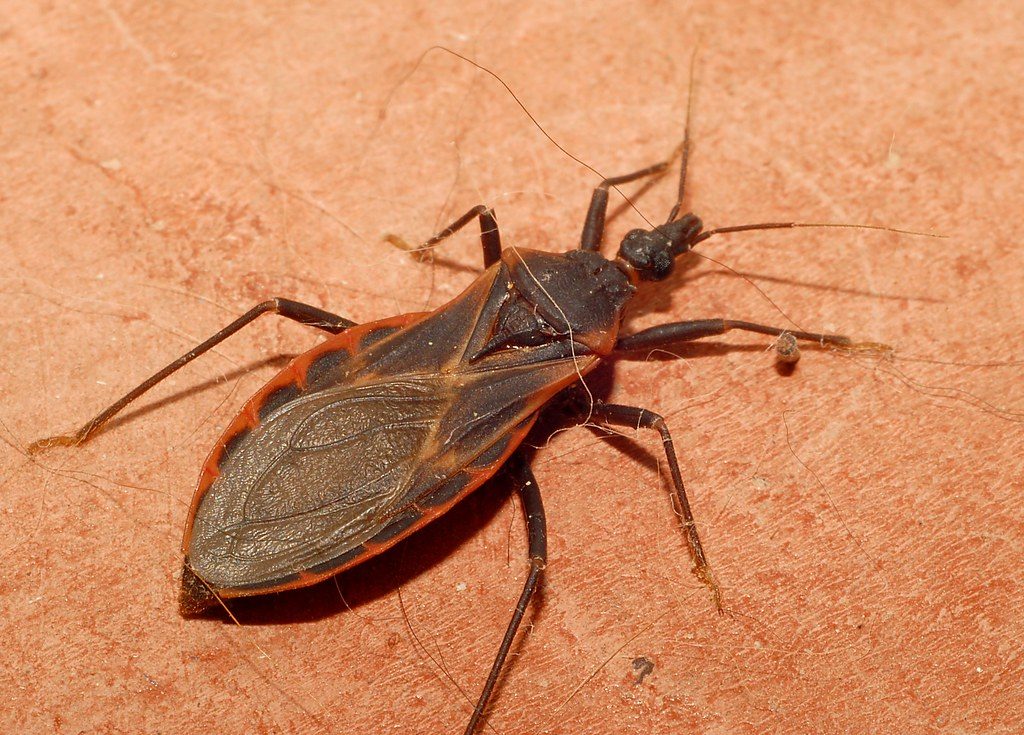
Whoever named this was trying to fool you; put your lips nowhere near it. The kissing bug is responsible for passing on numerous diseases via a parasite they hold called Trypanosoma cruzi.
Plus, they are attracted to human blood which makes them quite a problem. Cardiac complications are the most typical consequence, all brought about because the kissing bug has defecated on you.







